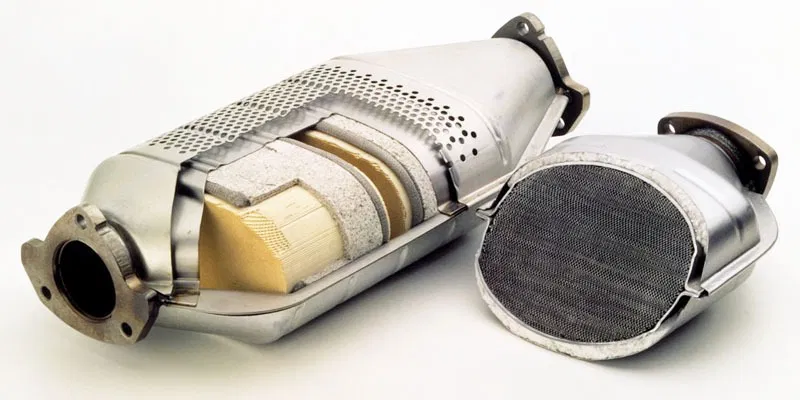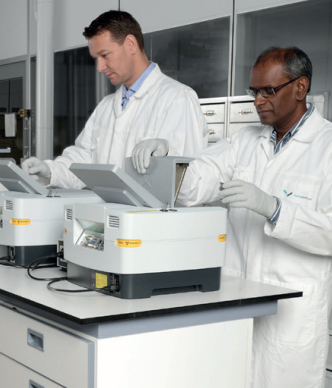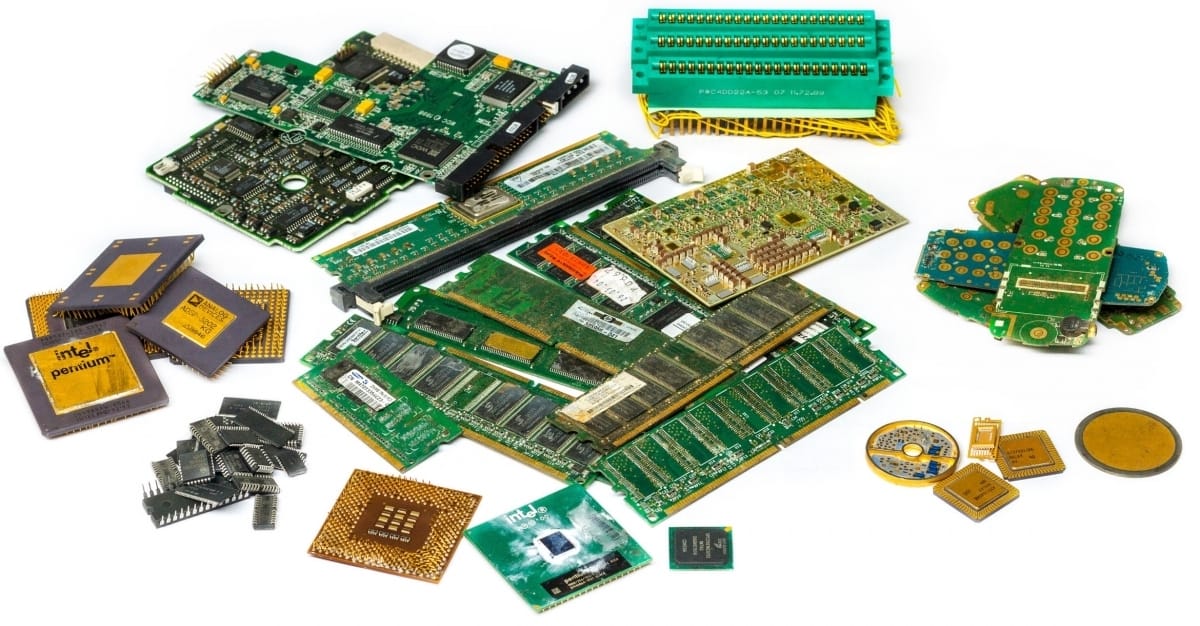Introduction: Catalytic converters play a crucial role in reducing harmful emissions from vehicles, contributing to cleaner air and a healthier environment. However, as these converters age or become damaged, they need to be replaced. Rather than disposing of them as waste, recycling catalytic converters presents an eco-friendly solution that not only reduces environmental impact but also offers economic benefits. In this blog post, we will explore the importance of catalytic converter recycling and its positive implications for environmental sustainability.
- The Function and Composition of Catalytic Converters: Before delving into the recycling process, it’s essential to understand how catalytic converters work and their composition. Catalytic converters contain precious metals such as platinum, palladium, and rhodium, which act as catalysts to facilitate chemical reactions that convert harmful pollutants into less harmful substances. The converter’s internal structure typically consists of a ceramic or metallic substrate coated with these precious metals.
- Environmental Benefits of Recycling: a. Conservation of Natural Resources: Recycling catalytic converters allows for the recovery and reuse of precious metals, reducing the need for new mining operations. By conserving these limited resources, recycling helps preserve natural habitats and reduces energy consumption associated with mining and refining processes. b. Reduction of Air and Water Pollution: Improper disposal of catalytic converters can release harmful metals and pollutants into the environment. Recycling ensures that these materials are properly handled and prevents their release into the air or water, thereby minimizing pollution and its associated health risks. c. Mitigation of Greenhouse Gas Emissions: Recycling catalytic converters significantly reduces the carbon footprint associated with precious metal production. The energy saved from recycling offsets the emissions generated by mining, extraction, and refining processes, contributing to the fight against climate change.
- The Catalytic Converter Recycling Process: a. Collection and Dismantling: The first step in recycling involves collecting used catalytic converters from various sources, including automotive repair shops, scrapyards, and recycling centers. Once collected, the converters are dismantled to extract the valuable catalyst materials. b. Precious Metal Recovery: After dismantling, the catalyst materials are subjected to a refining process to recover the precious metals. This process typically involves crushing the ceramic or metallic substrate and employing chemical or thermal methods to separate and refine the precious metals from the substrate. c. Quality Assurance and Reuse: The refined precious metals are then tested for quality and purity to ensure they meet industry standards. Once approved, these metals can be reused in the manufacturing of new catalytic converters or in other industrial applications.
- Economic Benefits of Catalytic Converter Recycling: Recycling catalytic converters offers economic advantages for various stakeholders, including: a. Precious Metal Refiners: Recycling companies can profit from the extraction and refining of precious metals, creating a sustainable business model. b. Automotive Industry: By using recycled precious metals in the production of new catalytic converters, manufacturers can reduce production costs and pass on savings to consumers. c. Scrapyard and Recycling Centers: These establishments can generate revenue by collecting and selling used catalytic converters to specialized recycling companies.
Conclusion: Catalytic converter recycling is a crucial process for achieving environmental sustainability and reducing the impact of automotive emissions. By recycling these devices, we conserve natural resources, minimize pollution, mitigate greenhouse gas emissions, and create economic opportunities. Governments, businesses, and individuals must promote and support catalytic converter recycling to foster a greener future for generations to come. Together, let’s embrace this eco-friendly solution and make a positive impact on our environment.
For further assistance, you can contact us or visit our facility in Dubai, United Arab Emirates.
Related Blog
The Precious Metals Market: Palladium, Rhodium,…
Navigating the Precious Metals Market: Insights into Palladium, Rhodium, and Platinum Precious metals have long been a cornerstone of […]
How Stonecore Captures XRF Results for…
How Stonecore Captures XRF Results for Automotive Catalysts At Stonecore, we’re committed to using cutting-edge technology to analyze your automotive […]
Don’t Trash It: A Guide to…
Don’t Trash It, Repurpose It: A Guide to E-Scrap Recycling in United Arab Emirates We live in a world obsessed […]




